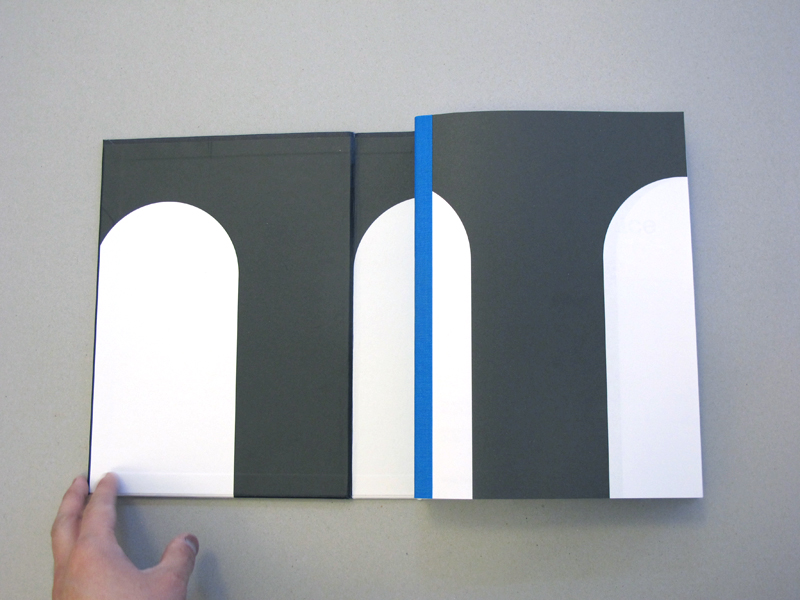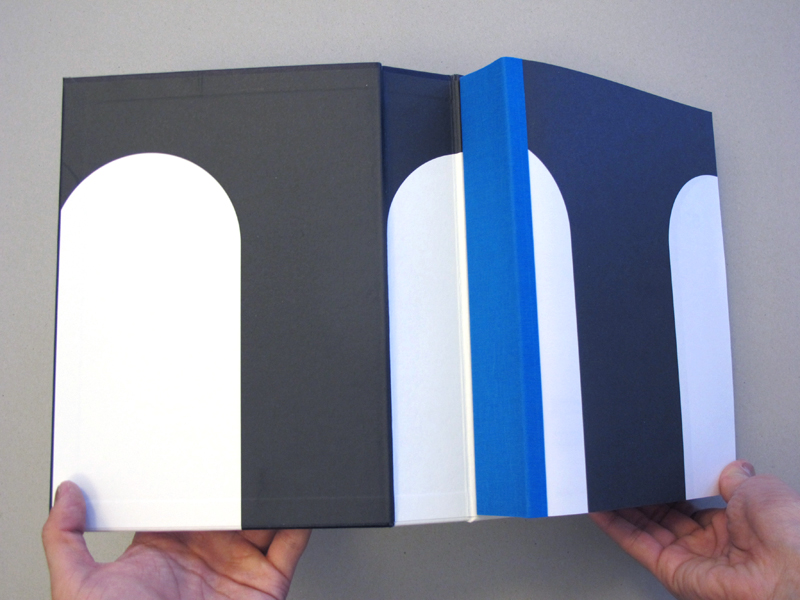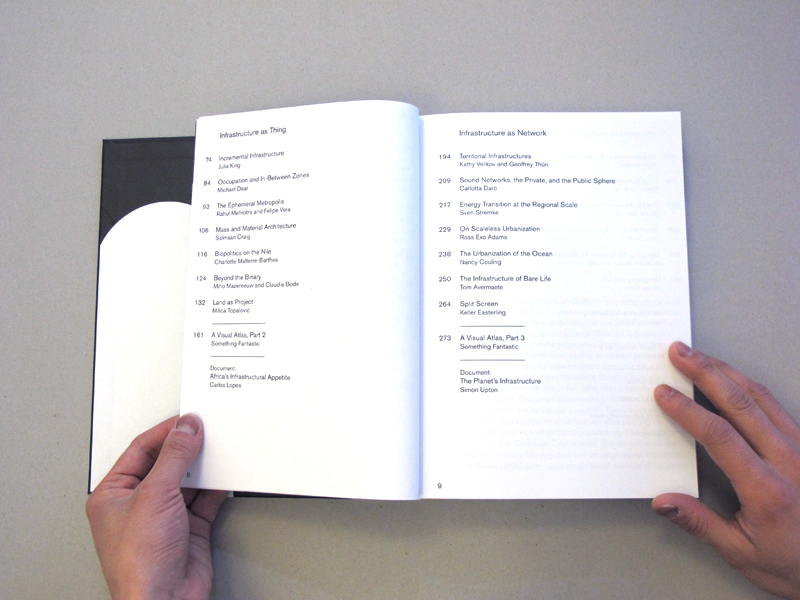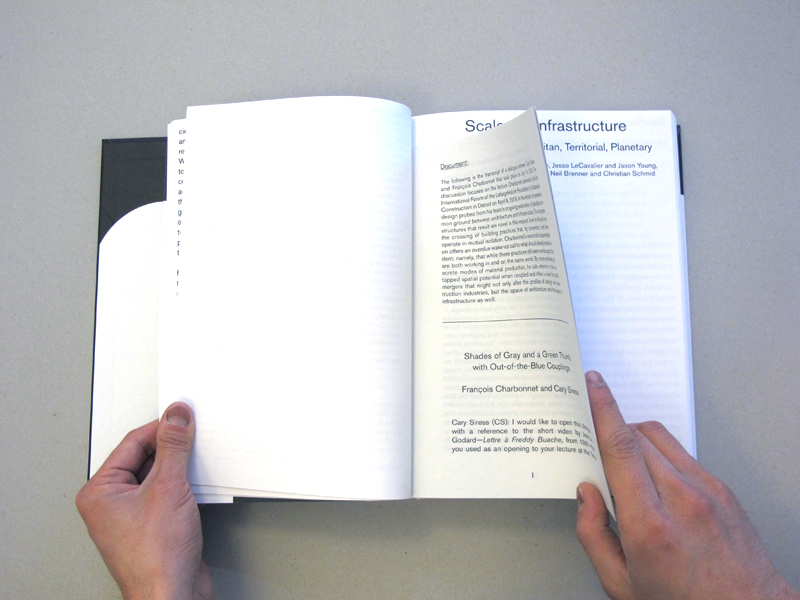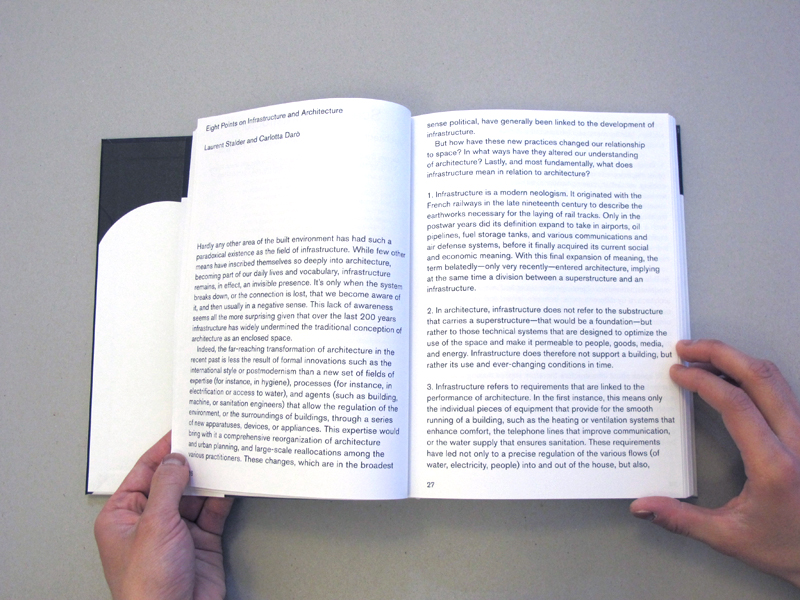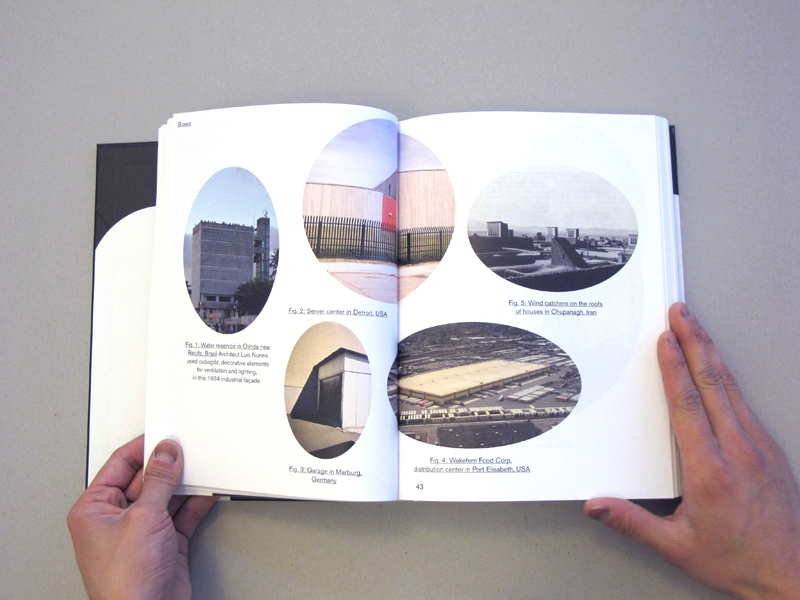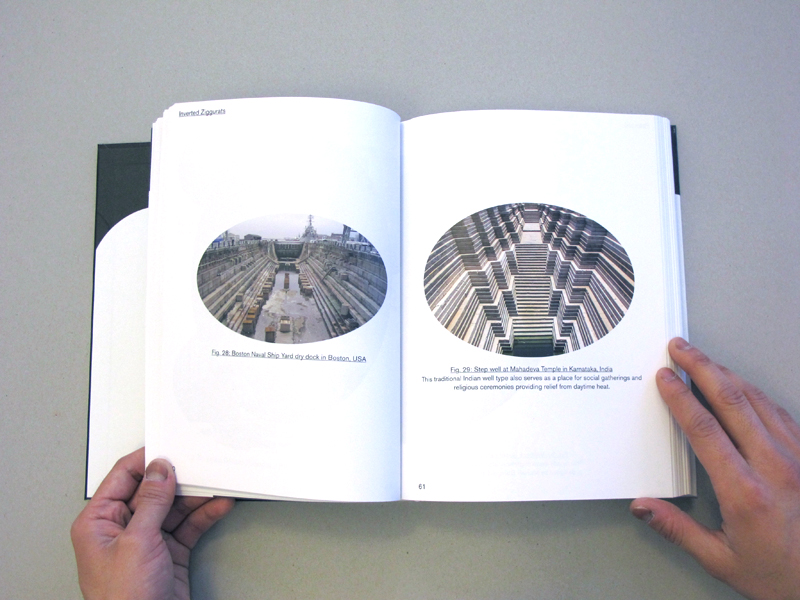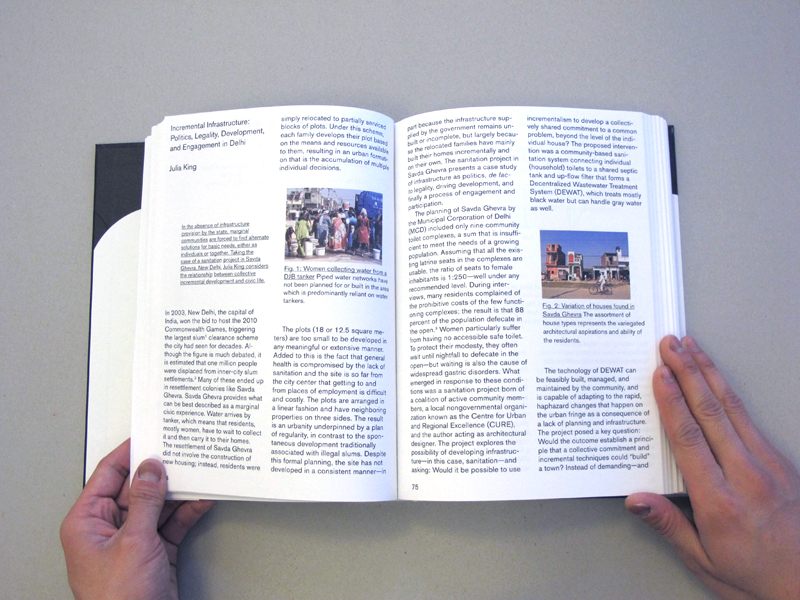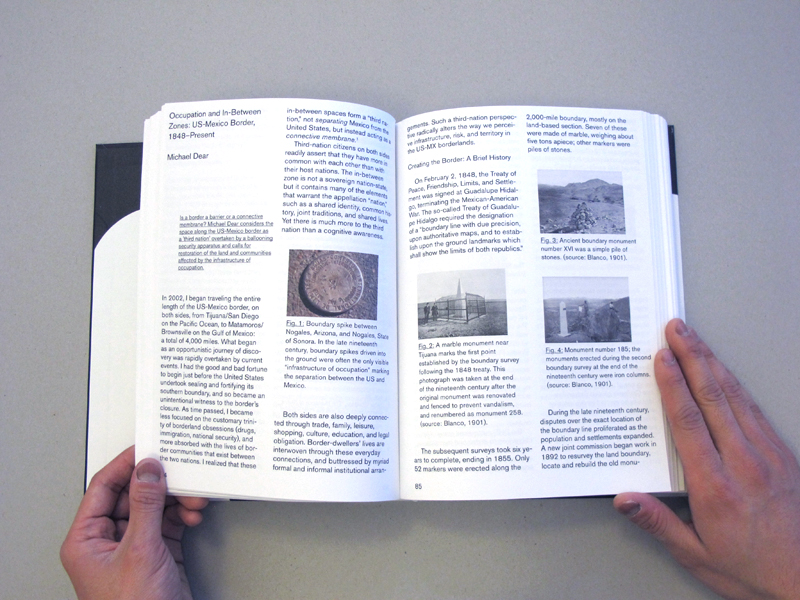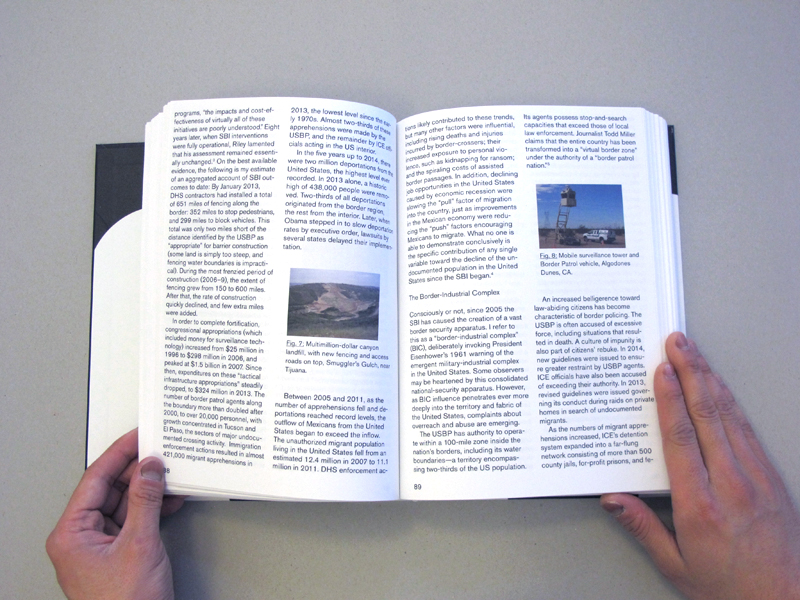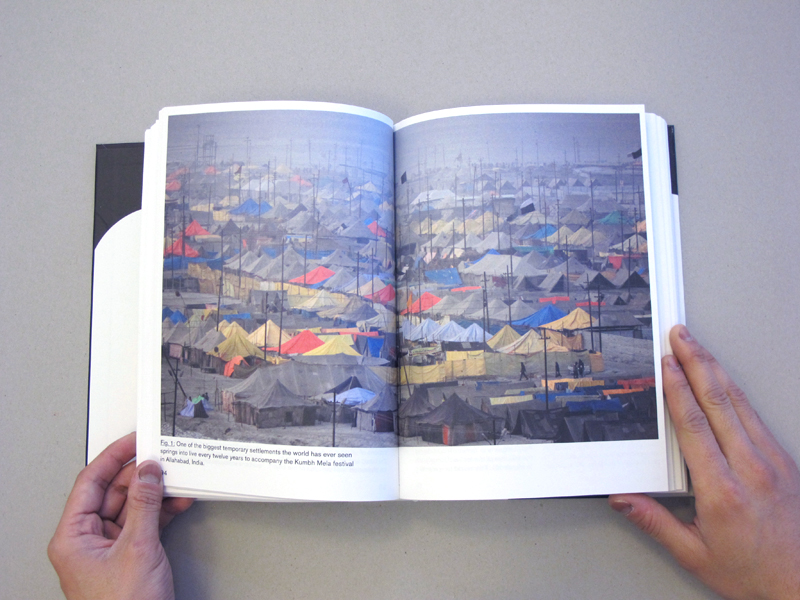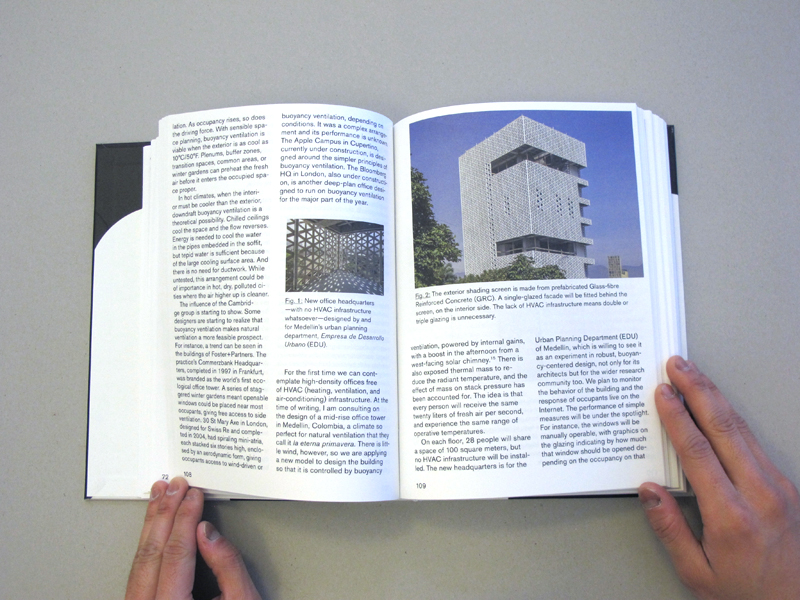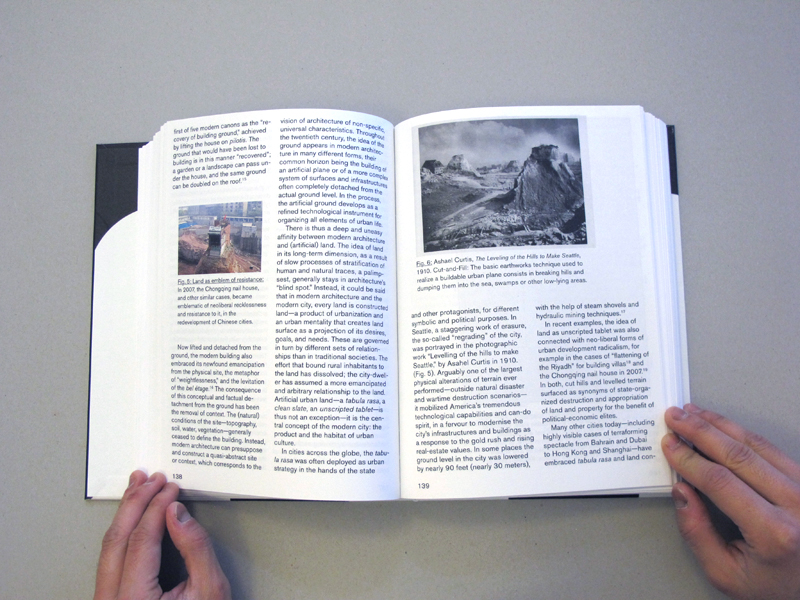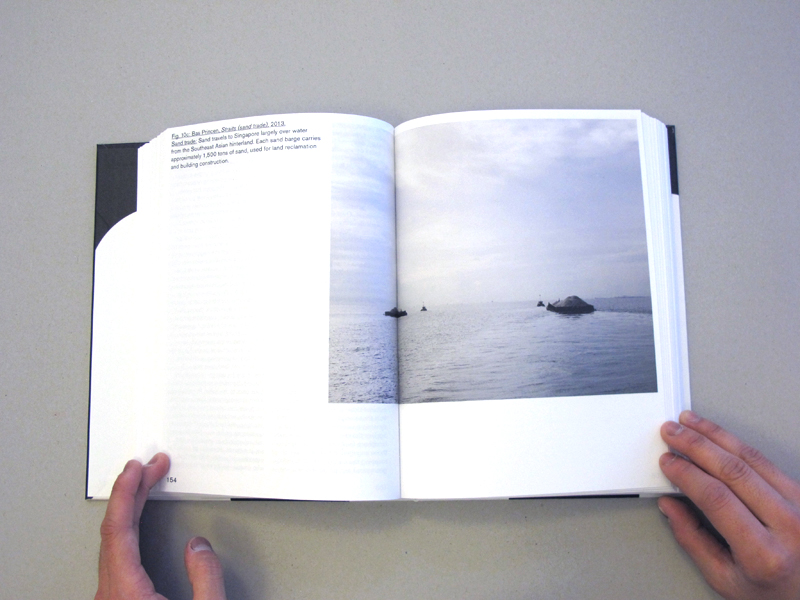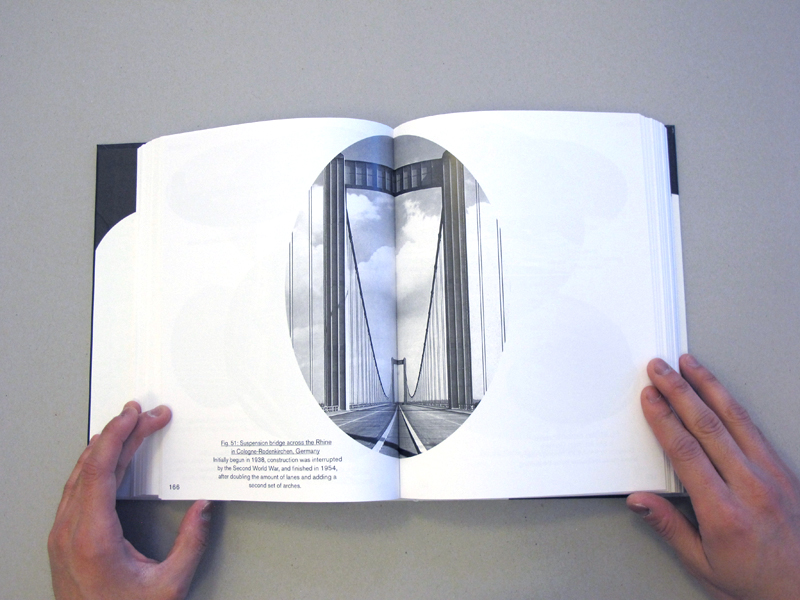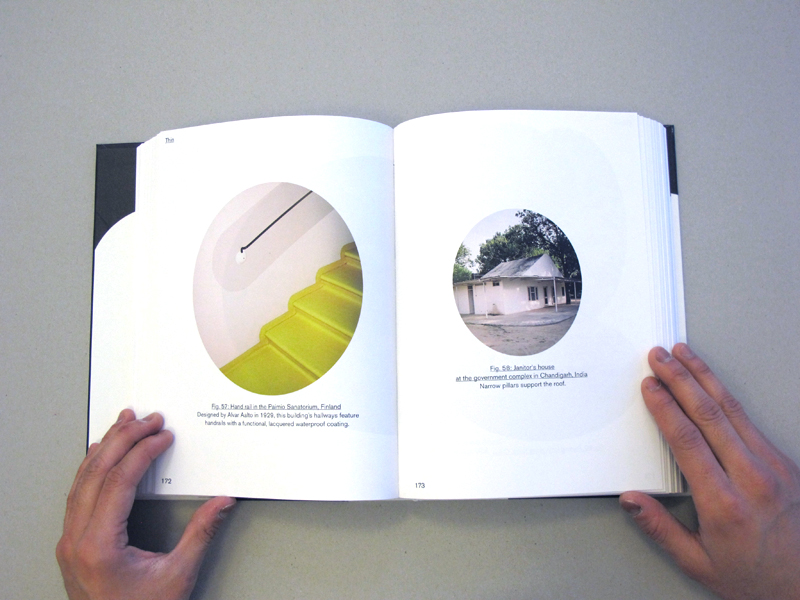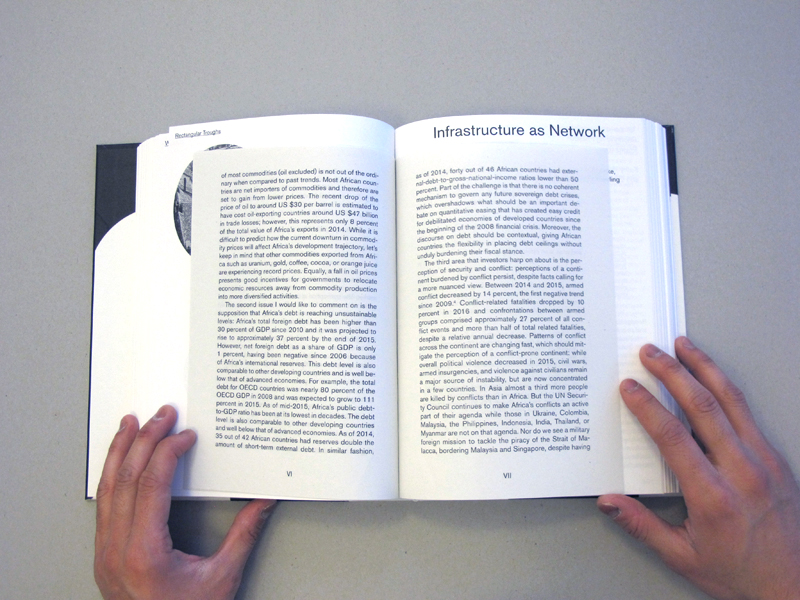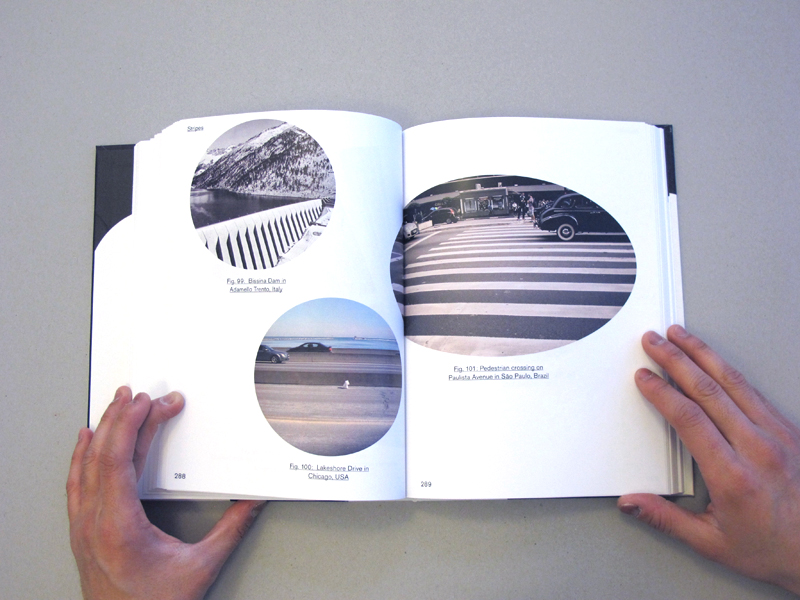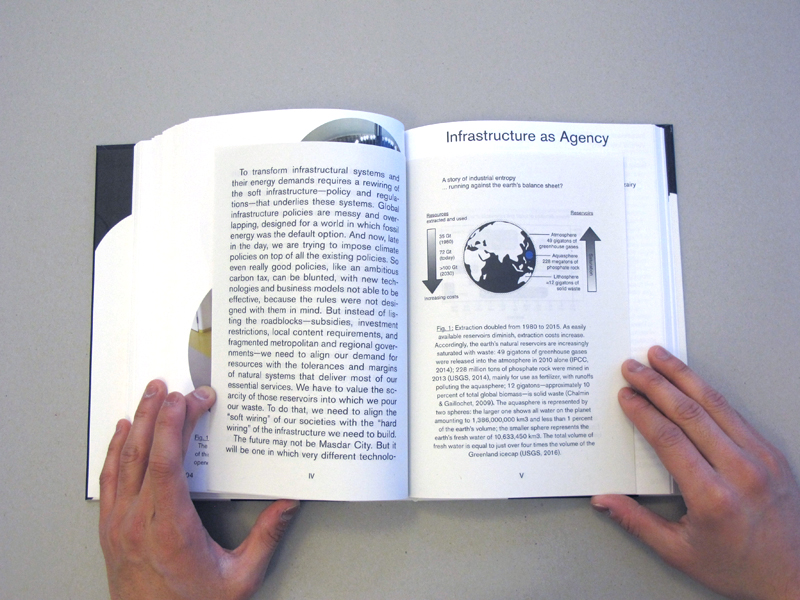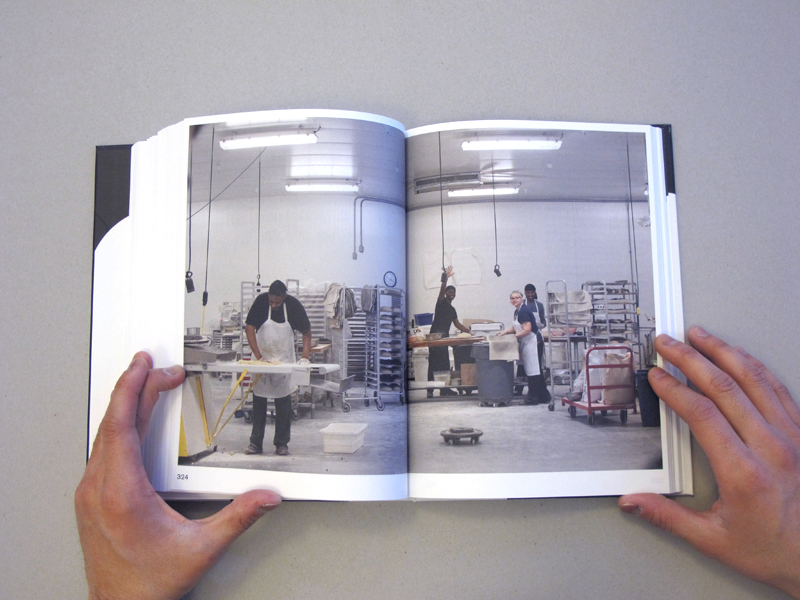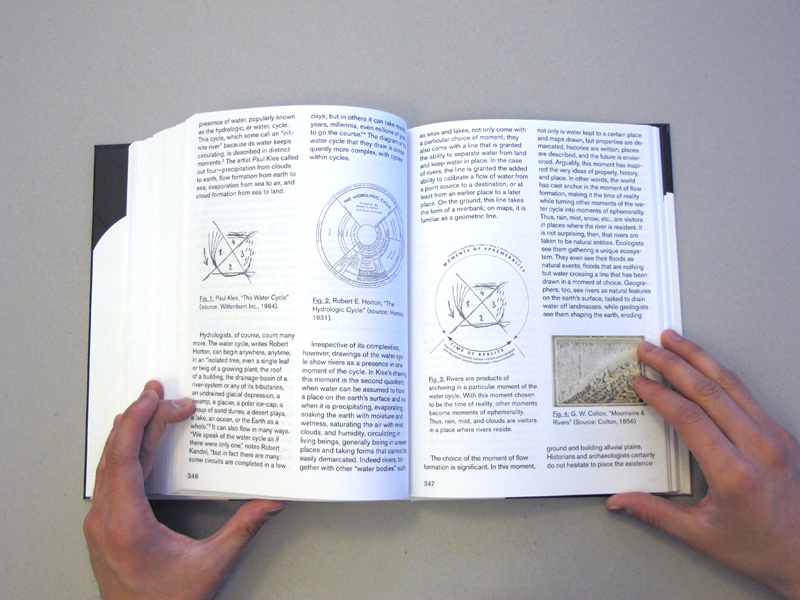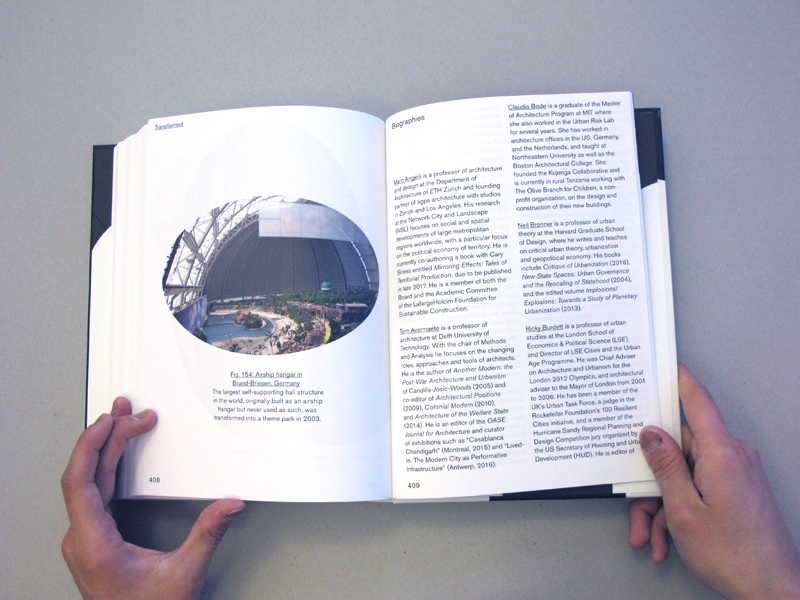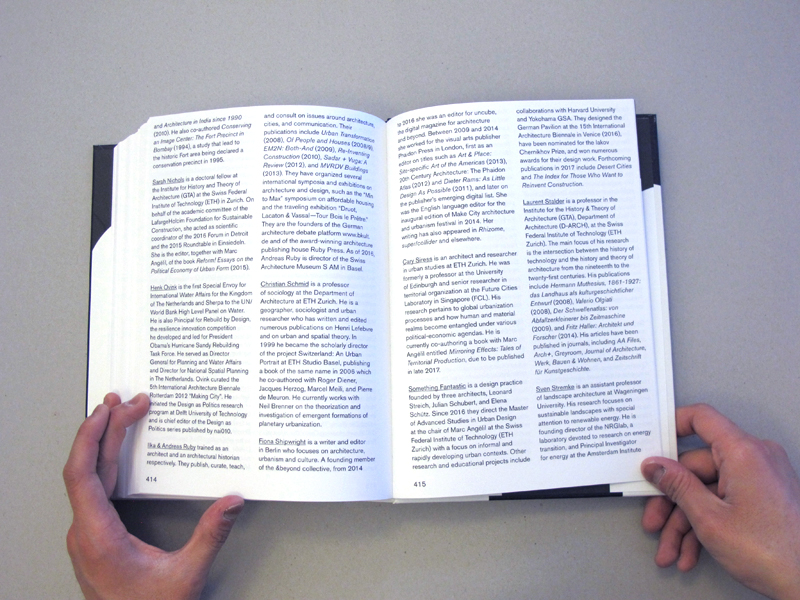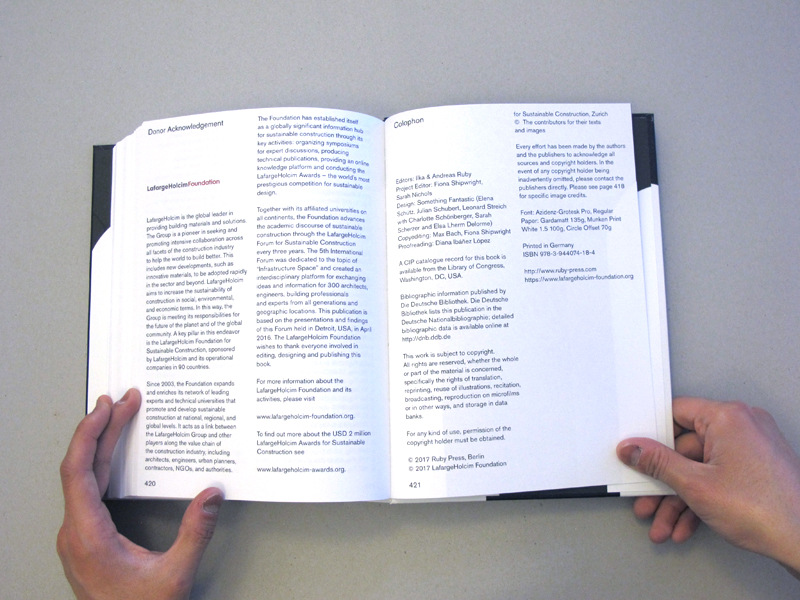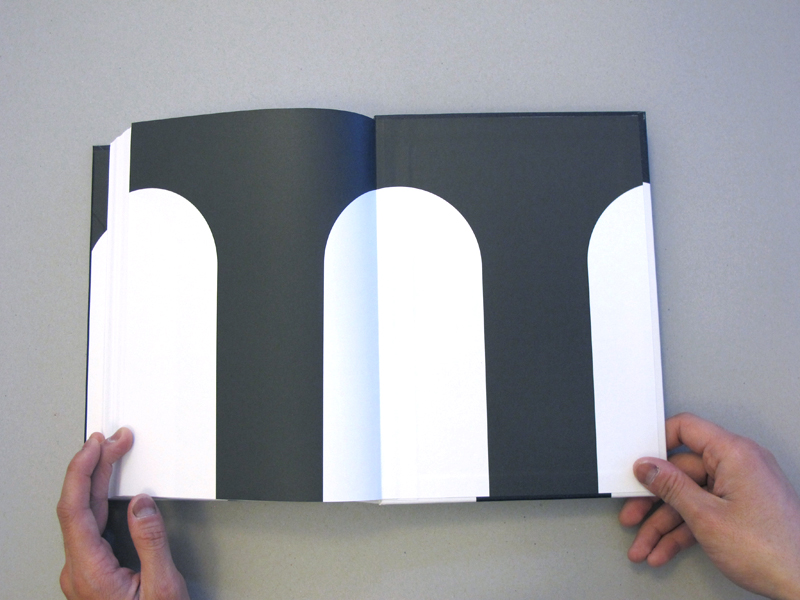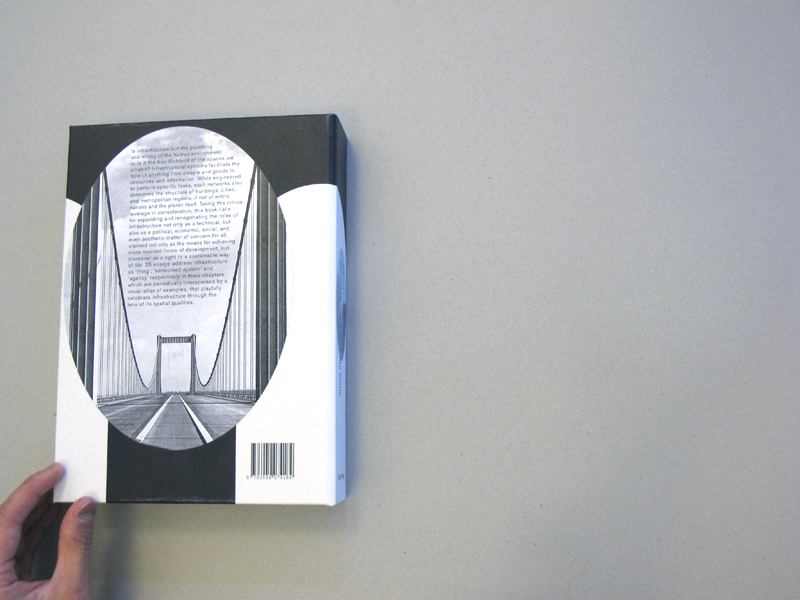Infrastructure Space
48,00 €
- Ilka & Andreas Ruby (Eds.), with a Visual Atlas by Something Fantastic
- English
- Published in: 2017
- 421 pages
- 175 x 235
- ISBN: 978-3-944074-18-4
Is infrastructure but the plumbing and wiring of the human environment, or is it the true lifeblood of the spaces we inhabit? Infrastructural systems facilitate the flow of anything from people and goods to resources and information. While engineered to perform specific tasks, such networks also determine the structure of buildings, cities, and metropolitan regions, if not of entire nations and the planet itself.
Taking this critical leverage in consideration, this book calls for expanding and renegotiating the roles of infrastructure not only as a technical, but also as a political, economic, social, and even aesthetic matter of concern for all, claimed not only as the means for achieving more resilient forms of development, but moreover as a right to a sustainable way of life.
Twenty-five essays—by architects, engineers, urban theorists and policy-makers—address infrastructure as ‘thing’, ‘networked system’ and ‘agency’ respectively in three chapters, which are periodically interspersed by a visual atlas of examples, that playfully celebrate infrastructure through the lens of its spatial qualities.
With contributions by: Marc Angélil, Tom Avermaete, Claudia Bode, Neil Brenner, Ricky Burdett, François Charbonnet, Nancy Couling, Salmaan Craig, Dilip da Cunha, Carlotta Darò, Michael Dear, Keller Easterling, Paul N. Edwards, Ross Exo Adams, Rania Ghosn, El Hadi Jazairy, Julia King, Jesse LeCavalier, Carlos Lopez, Charlotte Malterre-Barthes, Anuradha Mathur, Miho Mazereeuw, Rahul Mehrotra, Henk Ovink, Christian Schmid, Cary Siress, Laruent Stalder, Sven Stremke, Georges Teyssot, Geoffrey Thün, Milica Topalović, Yoshiharu Tsukamoto, Simon Upton, Diane Van Buren, Kathy Velikov, Felipe Vera, Jason Young; and a Visual Atlas of Infrastructure by Something Fantastic.


